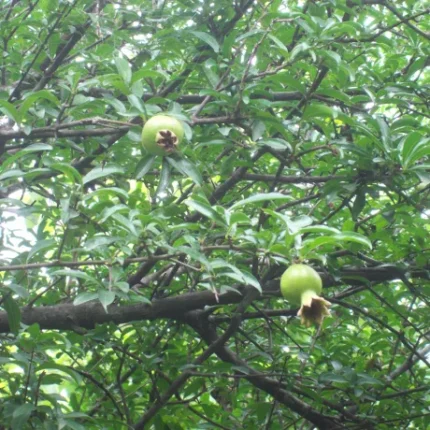Peruka is the term used for the first time in nighanturatnakara to denote Psidium gujava Linn. It is not mentioned by brhat trayi as well as by other nighantu writers. Though there is some confusion in identifying arevata, palevata, paravata and mahapalevata, clarity is possible if sorted out appropriately. Both arevata and palevata are synonymous which are identified as guava by Bapalalji. Paravata is mangostan fruit (Garcinia mangostan). Mahaopalevata is said to be muglai bihidana or quince (Cydonia vulgaris).
Botanical description – A small tree or large shrub; young branches pubescent; leaves oblong or elliptic-oblong, 10-16 cm long, pubescent beneath, nearly glabrous above; peduncles axillary, with 1-3 white, fragrant flowers; fruit globose or obovoid, green or yellowish, white or red inside.
Part used – Fruits, leaves, bark.
Uses –
Fruits acts as laxative, tonic, stomachic and stops gum bleeding.
Root-bark decoction is beneficial in infantile diarrhoea.
Chemical constituents –
Flowers / leaves – leucocyanidin, quercetin, β-sitosterol guajaverin, niacin, vit.C & B6 etc.
Fruits – vitamins, zeinoxanthin, rhamnose, surcrose, starch, zeatin riboside, gallic acid, phenols etc.




Reviews
There are no reviews yet.